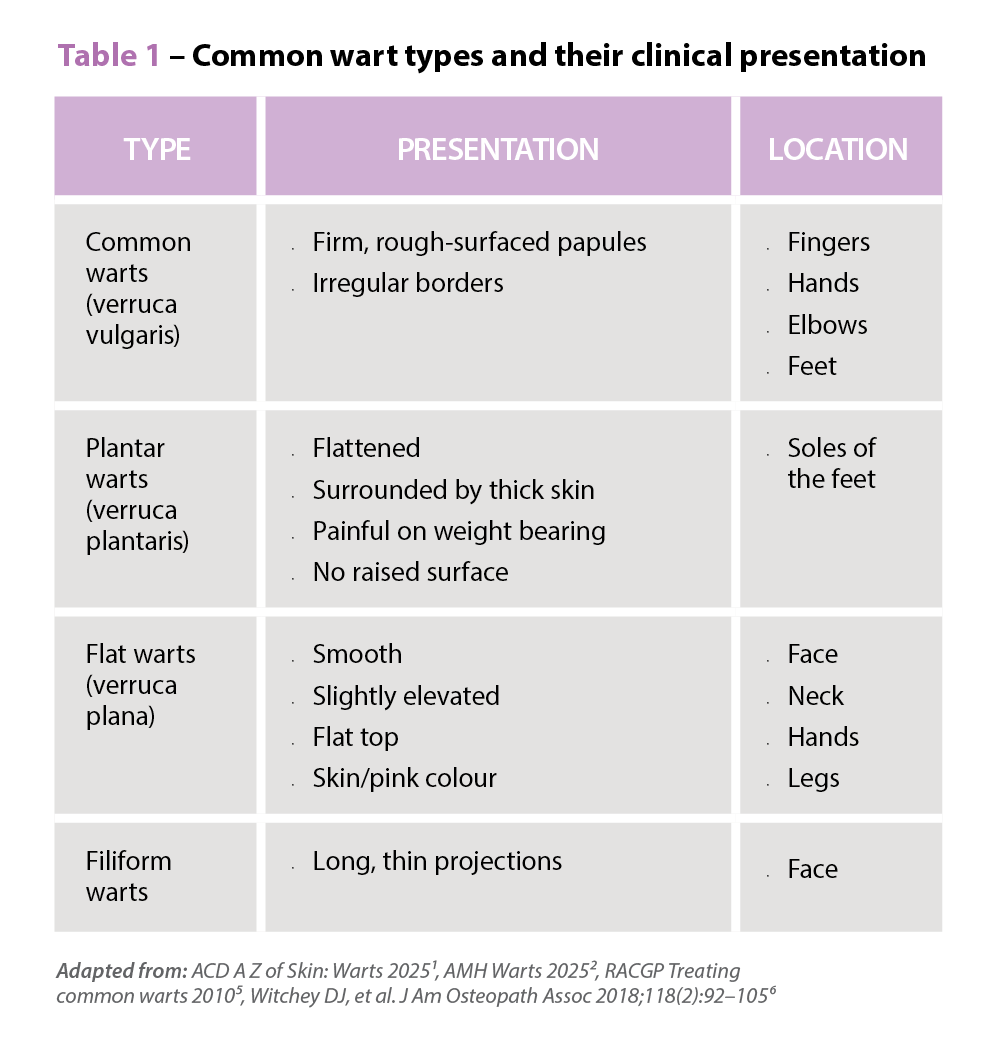Changes to regulations on opioid supply in Australia came into effect this week, with new Pharmaceutical Benefits Scheme listings resulting in smaller quantities and restrictions around opioid prescribing for pain treatment.
Key points:
|
Pene Wood MPS, La Trobe University Clinical Pharmacy Lecturer and Practice Pharmacist at Wathaurong Aboriginal Health Service and IPC Health in Melbourne’s Deer Park, is completing a PhD on the role of pharmacists in opioid supply. She believes the changes are timely and important.
‘I see it as a massive opportunity to improve opioid use in the community,’ she said.

Tighter regulation was one of the measures recommended by the Pharmaceutical Benefits Advisory Committee to reduce harm associated with opioid use. Education and awareness campaigns will be phased in over the next two years.1
It comes in response to increasing numbers of deaths involving opioids in Australia. From 2007 to 2016, the number of deaths due to opioids nearly doubled, from 591 to 1,119 per year. Most deaths were due to prescription opioids rather than illicit opioids such as heroin.2
American3 and Australian4 research has shown that opioid duration and quantities prescribed initially are strong predictors of continued use and dependence. Based on these findings, Associate Professor Suzanne Nielsen MPS, Deputy Director of the Monash Addiction Centre, believes the changes for acute pain management make sense, although ‘it will be important to look at the impact of these changes on prescribing practice and clinical outcomes’.
What has changed?
Opioid medicines are now available in reduced pack sizes with no repeats for acute pain. To be eligible, patients need to be unresponsive or intolerant, or have inadequate relief of their acute pain, to maximum doses of non-opioid treatments.1
Patients needing opioids for chronic pain can access larger pack sizes and repeats where they meet restriction requirements, which may be authorised (streamlined authority) by Services Australia.1
Quantities for up to 1 month may be requested via telephone/electronic authority request. Up to 3 months’ supply (1 month and two repeats) may be requested by electronic/written authority request. Opioid use exceeding 12 months requires clinical review by another prescriber.1
Treatment with morphine or fentanyl requires the patient to be unresponsive or intolerant, or have achieved inadequate relief of their acute pain, following maximum tolerated doses of lower strength opioids.1
The new arrangements apply to all opioids, including paracetamol/codeine and tramadol.
Starting conversations
Ms Wood believes reduced access to opioids provides an opportunity for pharmacists to talk to patients about pain, including its causes, treatment options and the place of opioids in managing persistent pain.
Pharmacists can also discuss the risks associated with opioids, such as when they are used in combination with other medicines, alcohol and in coexisting medical conditions.
Ms Wood said this includes a discussion about naloxone.
‘Every patient I see on high dose or long-term opioids I discuss having naloxone and it is always received well,’ she said.

‘I think it is important how you have this conversation and the terminology you use, i.e. opioid toxicity instead of overdose. These medicines can be dangerous and need to be treated with care.’
A/Prof Nielsen said pharmacists need to support patients through these changes, particularly where new requirements, such as needing a second opinion, introduce new barriers to care.
She echoed the importance of education around opioid safety and keeping naloxone in the home.
‘It is an easily implementable strategy to raise awareness of risks and prevent opioid-related mortality among people prescribed opioids for chronic pain,’ A/Prof Nielsen said.
Community pharmacist Jenny Tam MPS, from Chermside Shopping Centre Pharmacy in Brisbane, is being more vigilant with opioid prescriptions this week, but thinks the changes are a good thing.
When dispensing large packs of opioids, she wonders what quantities people have stored in their homes. She would also welcome education on the place of naloxone so she could feel more comfortable recommending it to people prescribed opioids.
References
- Australian Government Department of Health: Pharmaceutical Benefits Scheme. Revised opioids PBS listings from 1 June 2020. 2020. At: www.pbs.gov.au/info/news/2020/05/revised-opioids-pbs-listings-from-1-june-2020
- Nielsen S. Smaller pack sizes from today: could new opioid restrictions stop leftover medicines causing harm? The Conversation. 2020. At: theconversation.com/smaller-pack-sizes-from-today-could-new-opioid-restrictions-stop-leftover-medicines-causing-harm-139558
- Duration of initial opioid prescription strongest predictor of long-term use. 2017. Healio News. At: www.healio.com/news/primary-care/20170824/duration-of-initial-opioid-prescription-strongest-predictor-of-longterm-use
- Lalic S, Gisev N, Bell S et al. Predictors of persistent prescription opioid analgesic use among people without cancer in Australia. Br J Clin Pharmacol. 2018; 84(6):1267–78.




 Symptoms
Symptoms
















